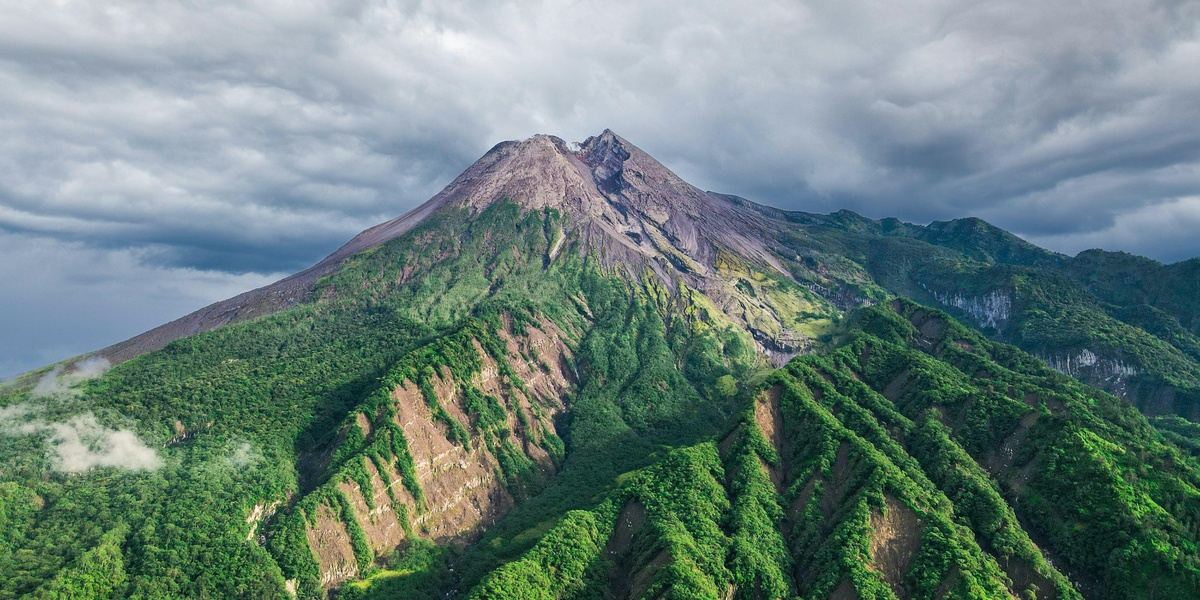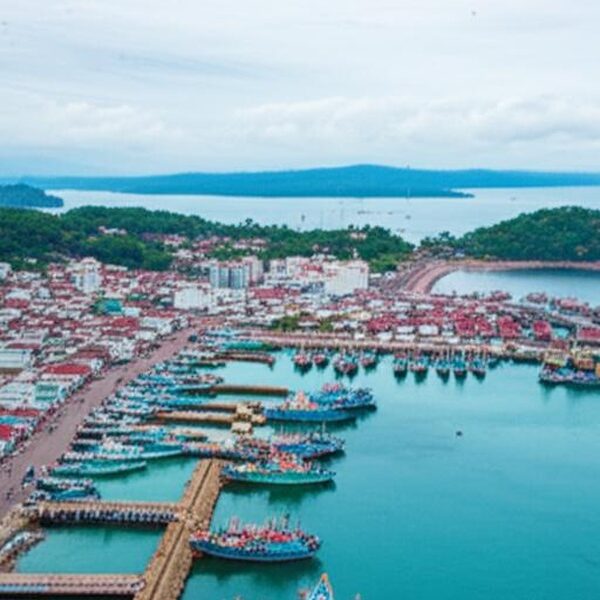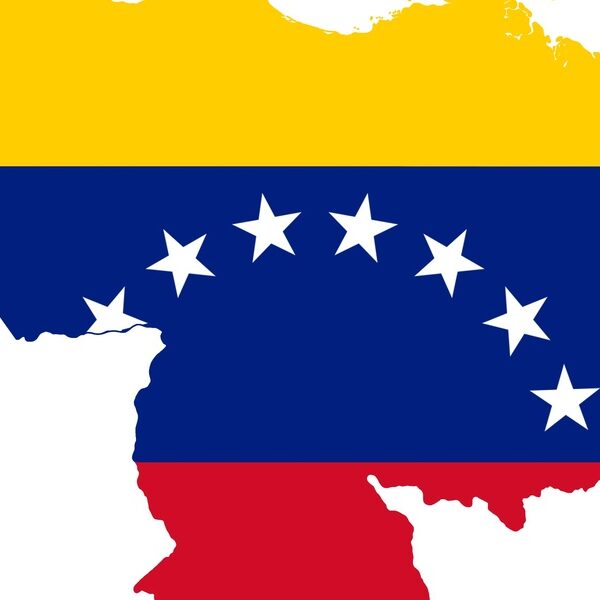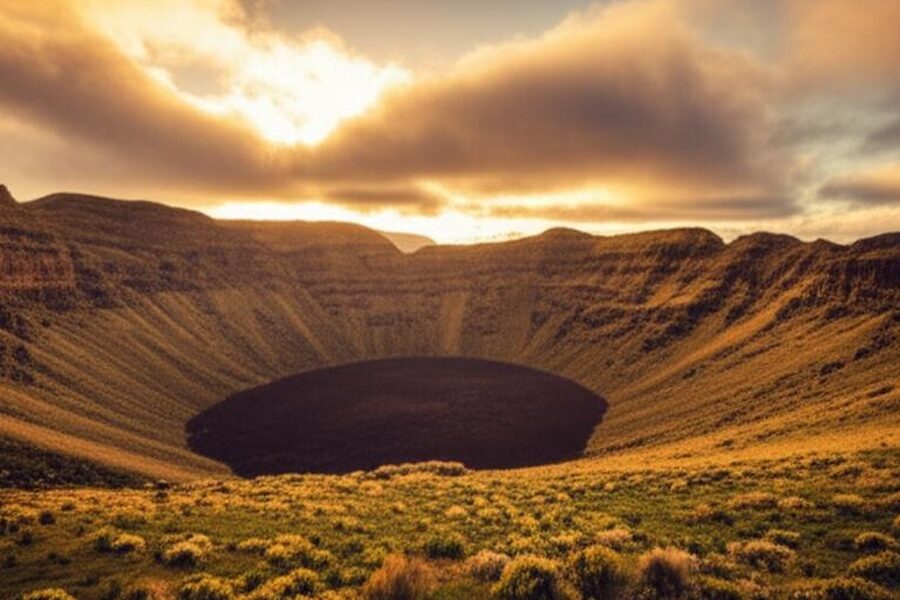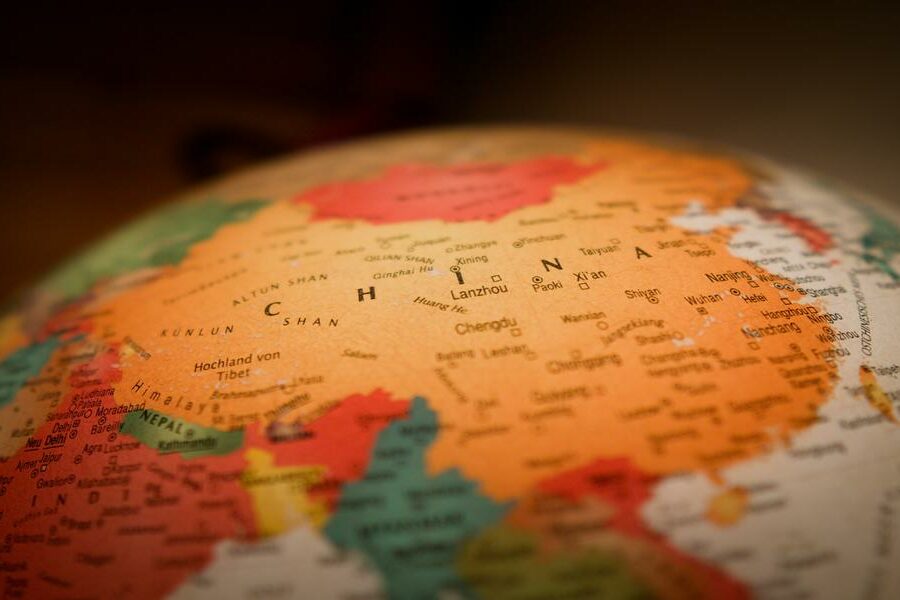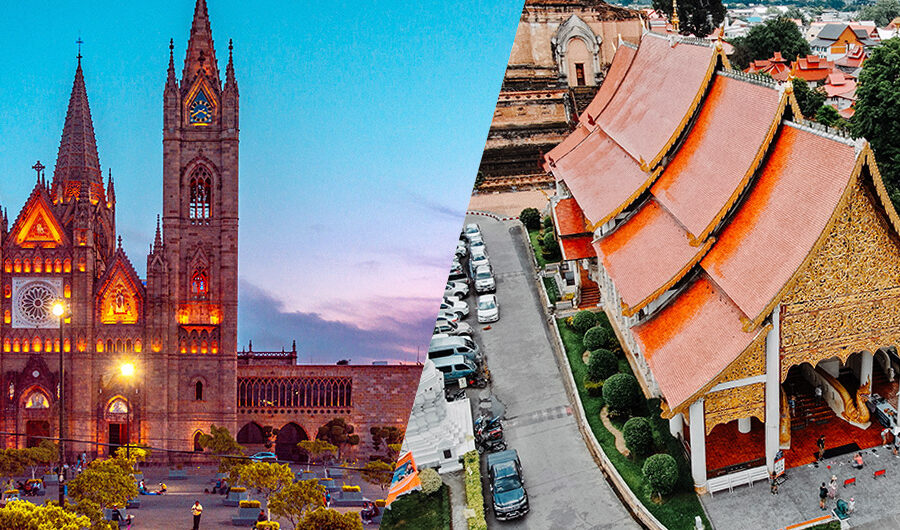Asia sits on several active plate boundaries, from the Pacific Ring of Fire to the complex arcs around Indonesia and the Philippines. Volcanic activity shapes coastlines, creates islands and affects millions of people who live downwind of ash and lava flows.
There are 68 Active volcanoes in Asia, ranging from Agung to Usu. For each entry the data are shown as Country/region,Coordinates (lat, long),Last eruption (year); you’ll find below.
How is “active” defined for this list?
“Active” here means a volcano with recorded eruptions in historical times or geological evidence of activity in the Holocene; the list follows authoritative catalogs and monitoring agencies, so entries reflect confirmed eruptions or ongoing unrest rather than speculative features.
Can I use this list to plan travel or assess risk near a volcano?
This list is a reference for location and eruption history, not a hazard forecast—always check real-time alerts from local geological agencies or the Global Volcanism Program before travel, and heed evacuation orders and safety guidance from authorities.
Active Volcanoes in Asia
| Name | Country/region | Coordinates (lat, long) | Last eruption (year) |
|---|---|---|---|
| Agung | Indonesia, Bali | -8.34, 115.51 | 2019 |
| Anak Krakatau | Indonesia, Sunda Strait | -6.10, 105.42 | 2023 |
| Bromo | Indonesia, Java | -7.94, 112.95 | 2019 |
| Dempo | Indonesia, Sumatra | -4.03, 103.13 | 2023 |
| Dukono | Indonesia, Halmahera | 1.69, 127.89 | 2024 |
| Gamalama | Indonesia, Ternate | 0.80, 127.33 | 2018 |
| Ibu | Indonesia, Halmahera | 1.49, 127.63 | 2024 |
| Ijen | Indonesia, Java | -8.06, 114.24 | 1999 |
| Karangetang | Indonesia, Sangihe Islands | 2.78, 125.40 | 2023 |
| Kelud | Indonesia, Java | -7.93, 112.31 | 2014 |
| Kerinci | Indonesia, Sumatra | -1.70, 101.26 | 2023 |
| Lewotolok | Indonesia, Lesser Sunda Islands | -8.27, 123.51 | 2024 |
| Lokon-Empung | Indonesia, Sulawesi | 1.36, 124.79 | 2015 |
| Marapi | Indonesia, Sumatra | -0.38, 100.47 | 2024 |
| Merapi | Indonesia, Java | -7.54, 110.45 | 2023 |
| Raung | Indonesia, Java | -8.13, 114.04 | 2022 |
| Rinjani | Indonesia, Lombok | -8.42, 116.47 | 2016 |
| Ruang | Indonesia, Sangihe Islands | 2.31, 125.37 | 2024 |
| Semeru | Indonesia, Java | -8.11, 112.92 | 2023 |
| Sinabung | Indonesia, Sumatra | 3.17, 98.39 | 2021 |
| Soputan | Indonesia, Sulawesi | 1.11, 124.74 | 2018 |
| Tambora | Indonesia, Lesser Sunda Islands | -8.25, 118.00 | 1967 |
| Bulusan | Philippines, Luzon | 12.77, 124.05 | 2022 |
| Didicas | Philippines, Babuyan Islands | 19.08, 122.20 | 1978 |
| Hibok-Hibok | Philippines, Camiguin | 9.20, 124.67 | 1953 |
| Kanlaon | Philippines, Negros | 10.41, 123.13 | 2024 |
| Mayon | Philippines, Luzon | 13.26, 123.69 | 2024 |
| Parker | Philippines, Mindanao | 6.11, 124.89 | 1641 |
| Pinatubo | Philippines, Luzon | 15.14, 120.35 | 1993 |
| Taal | Philippines, Luzon | 14.00, 120.99 | 2022 |
| Aogashima | Japan, Izu Islands | 32.46, 139.76 | 1785 |
| Asama | Japan, Honshu | 36.41, 138.52 | 2019 |
| Aso | Japan, Kyushu | 32.88, 131.10 | 2021 |
| Azumayama | Japan, Honshu | 37.74, 140.25 | 2019 |
| Bandai | Japan, Honshu | 37.60, 140.08 | 1888 |
| Fuji | Japan, Honshu | 35.36, 138.73 | 1707 |
| Ioto | Japan, Volcano Islands | 24.75, 141.29 | 2023 |
| Kikai | Japan, Ryukyu Islands | 30.79, 130.31 | 2019 |
| Kirishimayama | Japan, Kyushu | 31.93, 130.86 | 2018 |
| Kuchinoerabujima | Japan, Ryukyu Islands | 30.44, 130.22 | 2020 |
| Kusatsu-Shiranesan | Japan, Honshu | 36.62, 138.55 | 2018 |
| Miyakejima | Japan, Izu Islands | 34.08, 139.53 | 2010 |
| Nishinoshima | Japan, Ogasawara Islands | 27.25, 140.88 | 2020 |
| Ontake | Japan, Honshu | 35.90, 137.48 | 2014 |
| Sakurajima | Japan, Kyushu | 31.59, 130.66 | 2024 |
| Suwanosejima | Japan, Ryukyu Islands | 29.64, 129.72 | 2024 |
| Tokachi | Japan, Hokkaido | 43.42, 142.69 | 1989 |
| Unzen | Japan, Kyushu | 32.76, 130.30 | 1996 |
| Usu | Japan, Hokkaido | 42.54, 140.84 | 2000 |
| Alaid | Russia, Kuril Islands | 50.86, 155.55 | 2022 |
| Avachinsky | Russia, Kamchatka | 53.26, 158.83 | 2001 |
| Bezymianny | Russia, Kamchatka | 55.97, 160.59 | 2024 |
| Chikurachki | Russia, Kuril Islands | 50.32, 155.46 | 2023 |
| Ebeko | Russia, Kuril Islands | 50.69, 156.01 | 2024 |
| Gorely | Russia, Kamchatka | 52.56, 158.03 | 2013 |
| Karymsky | Russia, Kamchatka | 54.05, 159.45 | 2023 |
| Klyuchevskoy | Russia, Kamchatka | 56.06, 160.64 | 2023 |
| Mutnovsky | Russia, Kamchatka | 52.45, 158.19 | 2000 |
| Raikoke | Russia, Kuril Islands | 48.29, 153.25 | 2019 |
| Sarychev Peak | Russia, Kuril Islands | 48.09, 153.20 | 2009 |
| Sheveluch | Russia, Kamchatka | 56.65, 161.36 | 2024 |
| Tolbachik | Russia, Kamchatka | 55.83, 160.33 | 2013 |
| Barren Island | India, Andaman Islands | 12.28, 93.86 | 2022 |
| Paektu Mountain | China/North Korea | 41.98, 128.08 | 1903 |
| Kunlun Volcanic Group | China, Tibet | 35.52, 80.20 | 1951 |
| Harrat Rahat | Saudi Arabia | 23.08, 39.78 | 1256 |
| Tendürek Dagi | Turkey | 39.37, 43.87 | 1855 |
| Jabal al-Tair | Yemen | 15.55, 41.83 | 2008 |
Images and Descriptions
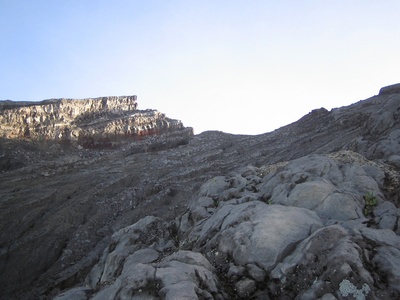
Agung
Bali’s highest peak and a sacred mountain. Its powerful 1963 eruption was one of Indonesia’s most devastating in the 20th century, and it reawakened in 2017, causing major aviation disruption and evacuations.
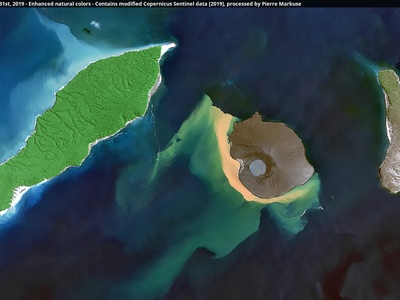
Anak Krakatau
Meaning “Child of Krakatau,” this cone grew from the caldera of the legendary 1883 eruption. Its 2018 collapse caused a deadly tsunami, highlighting its constant, unpredictable threat in a major shipping lane.
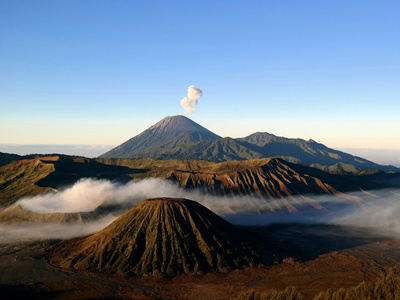
Bromo
Part of the Bromo Tengger Semeru National Park, this iconic volcano is famous for its stunning sunrises. Its frequent ash eruptions are a constant reminder of the active landscape, impacting tourism and local farming.
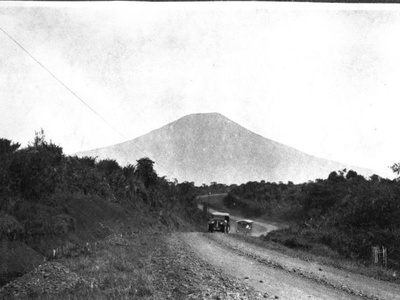
Dempo
A stratovolcano in Sumatra with a 400-meter-wide crater lake at its summit. Small, frequent phreatic (steam-driven) eruptions are common, posing a localized hazard to hikers and those near the crater.
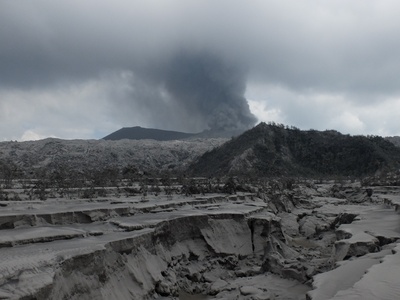
Dukono
One of the world’s most persistently active volcanoes, Dukono has been in a state of continuous eruption since 1933. It constantly emits ash clouds that often impact local air quality and nearby villages.
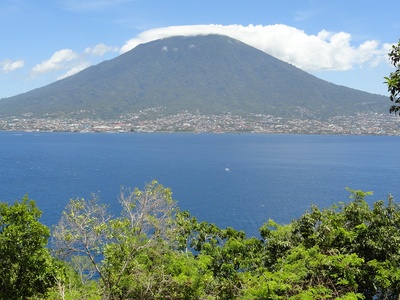
Gamalama
This volcano forms the entire island of Ternate, a historic spice-trading center. Its eruptions have threatened the island’s main city for centuries, with hazards including ashfall and dangerous mudflows (lahars).
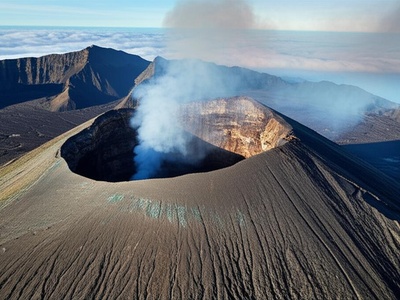
Ibu
A truncated cone with a summit crater that frequently hosts growing lava domes. Ibu is in a near-constant state of eruption, producing small to moderate explosions and ash plumes on a daily basis.
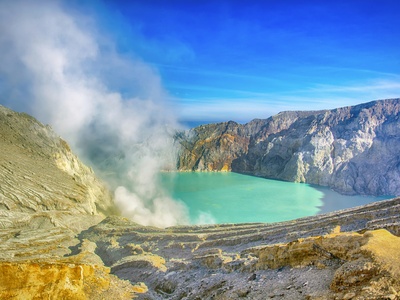
Ijen
Famous for its stunning one-kilometer-wide turquoise acid crater lake and the mesmerizing electric-blue flames of burning sulfur. It is a popular tourist destination but also a hazardous sulfur mining site.
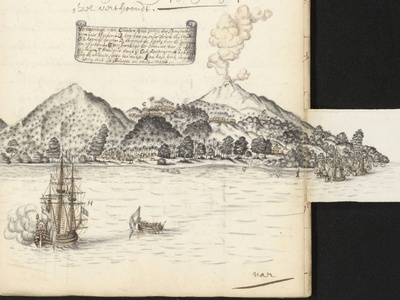
Karangetang
One of Indonesia’s most active volcanoes, Karangetang is known for its frequent effusive eruptions producing lava flows and domes. The collapse of these features can generate deadly pyroclastic flows, threatening several villages.
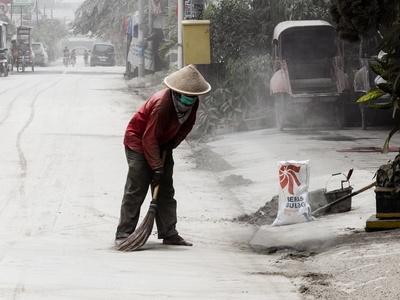
Kelud
Known for its powerful and explosive eruptions that have produced devastating pyroclastic flows and lahars. Its 2014 eruption sent an ash plume 26 km high, causing widespread disruption across Java.
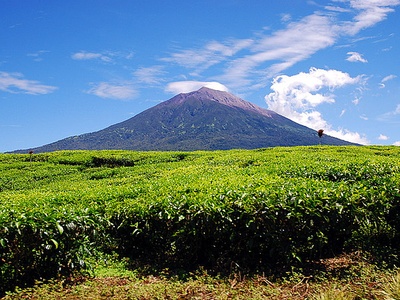
Kerinci
The highest volcano in Indonesia and the highest peak on Sumatra. It is one of the most active volcanoes in the region, frequently emitting plumes of gas and ash from its deep summit crater.
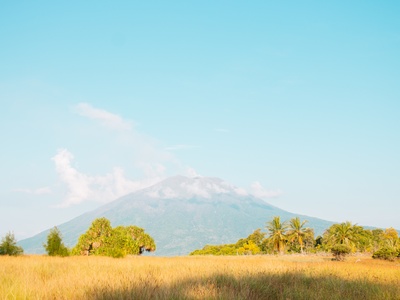
Lewotolok
This stratovolcano has been in a state of continuous eruption since late 2020. Its activity includes explosive ash emissions and occasional lava flows from its summit crater, prompting ongoing alerts for nearby communities.
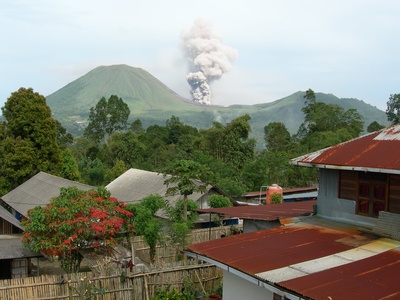
Lokon-Empung
A twin volcano where almost all recent activity has occurred at the Tompaluan crater between the two peaks. Its frequent, sudden phreatic explosions pose a significant threat to the nearby city of Tomohon.
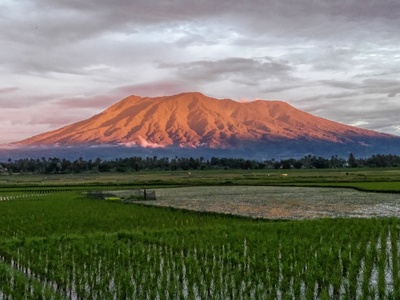
Marapi
Not to be confused with Merapi on Java, this is Sumatra’s most active volcano. Its sudden, unpredictable explosive eruptions from the summit crater pose a serious hazard, as tragically demonstrated in a 2023 event.
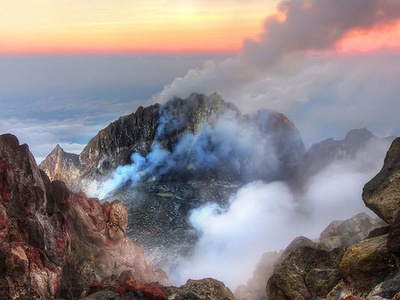
Merapi
Meaning “Mountain of Fire,” this is one of the world’s most dangerous volcanoes due to its frequent eruptions and densely populated slopes. It is notorious for generating fast-moving, hot pyroclastic flows.
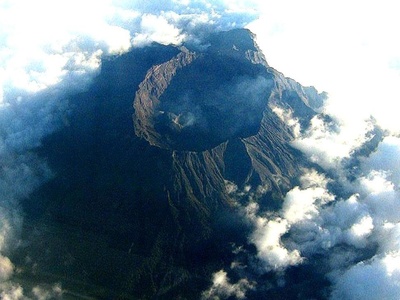
Raung
One of Java’s most active volcanoes, Raung is known for its large, steep-walled caldera and persistent strombolian and ash eruptions. Its plumes frequently disrupt air traffic between Java and Bali.
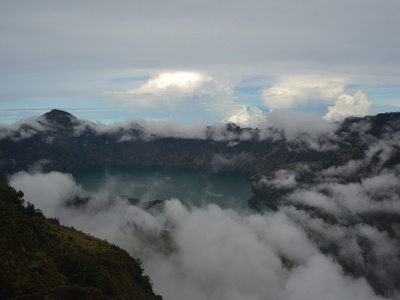
Rinjani
A massive volcano that dominates the island of Lombok. It features a spectacular caldera containing a crater lake, where a new cone, Barujari, has formed and is the site of all recent eruptions.

Ruang
A small island stratovolcano that produced a major explosive eruption in 2024, generating a massive ash column and triggering tsunami warnings from collapsing material. The event forced the evacuation of the entire island.
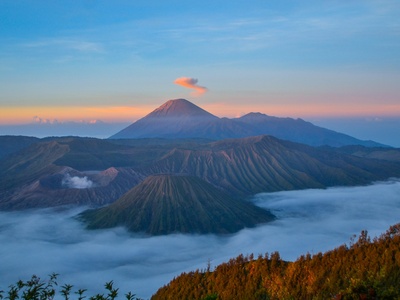
Semeru
The highest peak on the island of Java, also known as “The Great Mountain.” Semeru is in a state of near-continuous eruption, producing frequent small explosions and dangerous pyroclastic flows down its flanks.
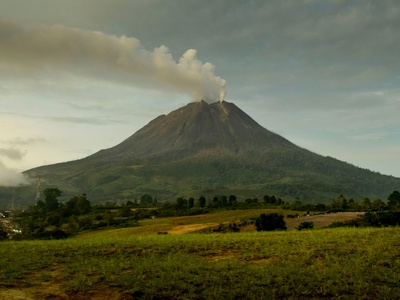
Sinabung
After centuries of dormancy, Sinabung erupted dramatically in 2010 and remained highly active for over a decade. Its eruptions produced tall ash columns and deadly pyroclastic flows, displacing thousands of residents.
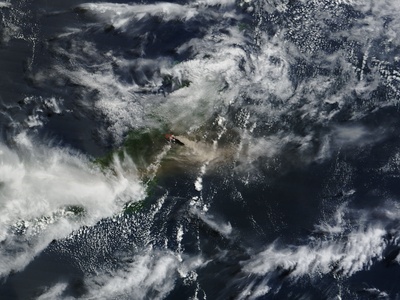
Soputan
A very active stratovolcano in northern Sulawesi. Eruptions consist of lava flows, dome growth, and explosive ash events that create pyroclastic flows, making it a significant regional hazard.
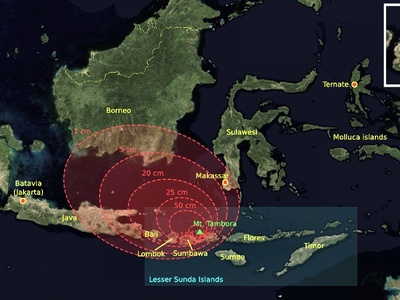
Tambora
Site of the most powerful volcanic eruption in recorded history in 1815. The event triggered the “Year Without a Summer” in 1816 due to global climate effects from its massive stratospheric ash cloud.
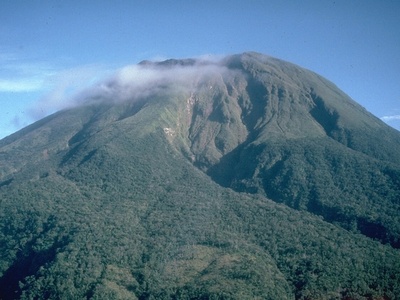
Bulusan
One of the most active volcanoes in the Philippines, Bulusan is known for its sudden phreatic (steam-driven) explosions. These events produce ashfalls on nearby towns with little to no warning, posing a constant hazard.
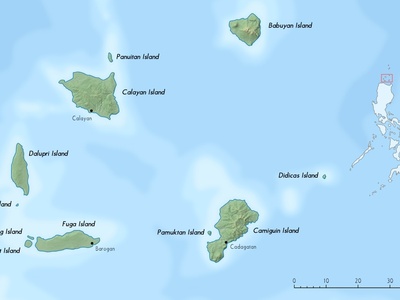
Didicas
A submarine volcano that breached the surface in 1952, forming a small island. Its activity highlights the dynamic nature of the volcanic arc in the Luzon Strait, a region of active undersea volcanism.
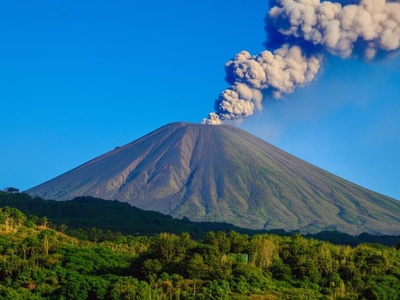
Hibok-Hibok
Also known as Catarman, its 1951 eruption was a national disaster, producing pyroclastic flows that killed hundreds. The event led to the creation of the Philippines’ first state-level volcanology agency.
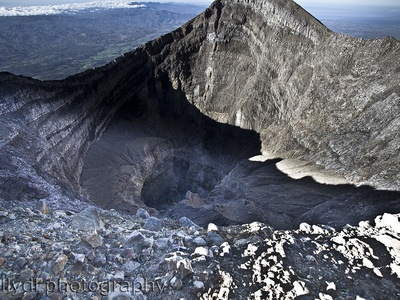
Kanlaon
The highest peak on Negros Island and one of the most active volcanoes in the central Philippines. Its eruptions are typically phreatic, producing ashfall, with the potential for larger explosive events.
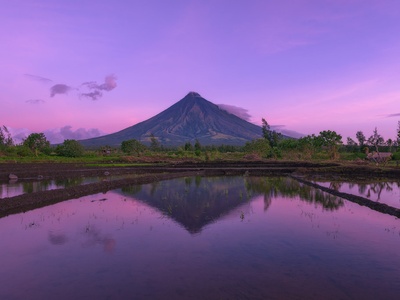
Mayon
Renowned for its perfectly symmetrical cone, Mayon is the Philippines’ most active volcano. Its beauty hides immense danger, as it frequently erupts, generating pyroclastic flows, lahars, and extensive ashfall.

Parker
A low-lying volcano with a large caldera lake. Its catastrophic 1641 eruption was one of the largest in the Philippines’ history, producing widespread ashfall and radically altering the landscape.
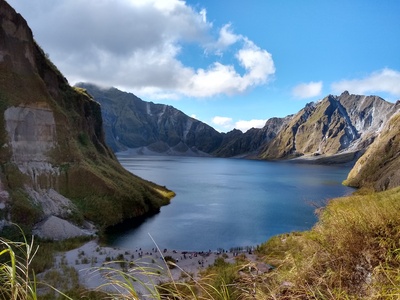
Pinatubo
Site of the second-largest eruption of the 20th century in 1991. The event injected a massive sulfur dioxide cloud into the stratosphere, causing global temperatures to drop temporarily and creating devastating lahars.
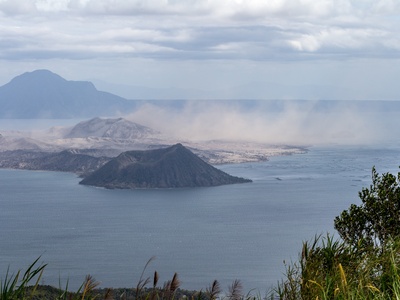
Taal
A complex volcano system within a large lake, Taal is a popular tourist spot near Manila. Its 2020 eruption sent ash across the region, reminding everyone of the potent danger lurking beneath its scenic surface.
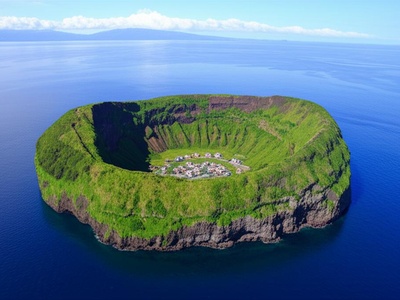
Aogashima
A remarkable volcanic island where a village of about 200 people lives within the outer caldera. Its last major eruption in the 1780s was devastating, but the island was later resettled.
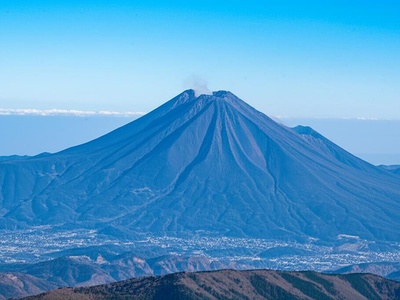
Asama
One of Honshu’s most active volcanoes, located near the popular resort town of Karuizawa. Its 1783 eruption was one of the most destructive in Japan’s history, causing widespread famine.
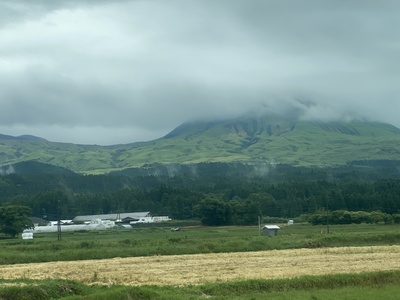
Aso
Features one of the world’s largest calderas, with a 120-km circumference. The central cone of Nakadake is one of Japan’s most active volcanoes, with a stunning but dangerous acidic crater lake.
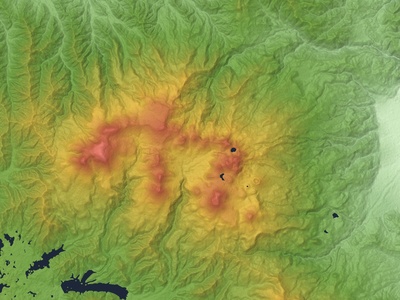
Azumayama
A complex group of stratovolcanoes and shield volcanoes. Its small but frequent phreatic eruptions can occur with little warning, posing a risk to hikers and visitors to the area’s hot springs.

Bandai
Famous for its 1888 eruption, which involved a massive sector collapse (landslide) rather than a magmatic explosion. This event created the distinctive horseshoe-shaped crater and numerous lakes seen today.
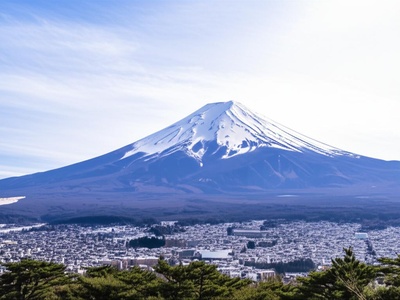
Fuji
Japan’s iconic and tallest peak, Mount Fuji is an active stratovolcano that last erupted in 1707. Though quiet for centuries, it is closely monitored due to its proximity to the Tokyo metropolitan area.
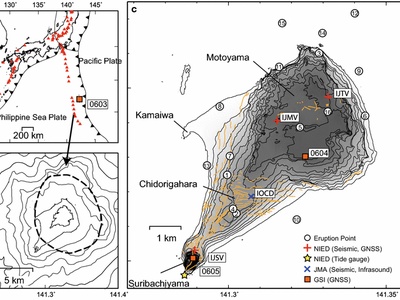
Ioto
Commonly known as Iwo Jima, this island is the top of a massive submarine volcano. It is experiencing rapid uplift and frequent phreatic eruptions, a sign of its ongoing magmatic activity.
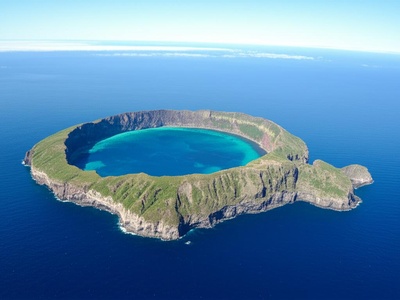
Kikai
A massive, mostly submerged caldera that was the source of one of the largest eruptions of the last 10,000 years. Its ongoing activity is a focus of research due to its potential for future large-scale eruptions.
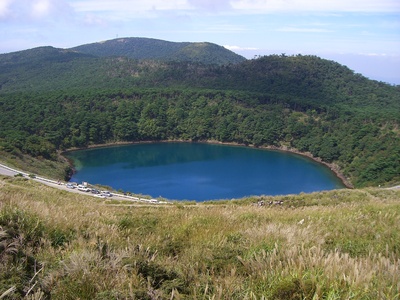
Kirishimayama
A large group of more than 20 volcanic edifices. Its Shinmoedake and Ioyama vents have been active in recent years, producing explosive eruptions and ashfall that affect the region, including Kagoshima Airport.
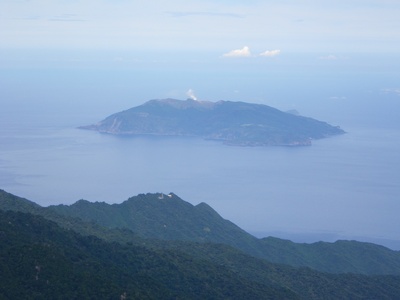
Kuchinoerabujima
A volcanic island whose Shindake cone is very active. Explosive eruptions can generate pyroclastic flows that reach the coast, posing a severe threat to the island’s small resident population.
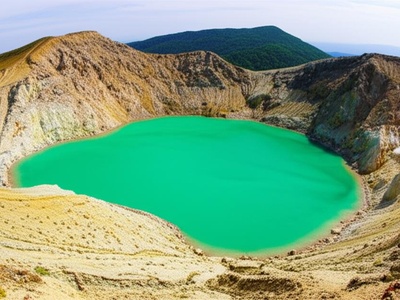
Kusatsu-Shiranesan
Known for its highly acidic, emerald-green crater lakes. Its 2018 phreatic eruption occurred without warning near a ski resort, highlighting the unpredictable nature of steam-driven explosions.
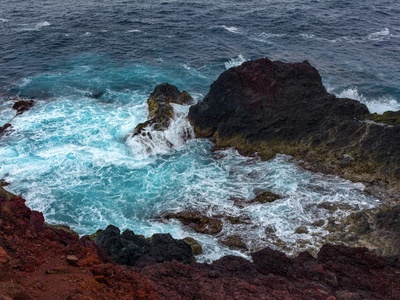
Miyakejima
This island volcano is known for its large emissions of sulfur dioxide gas, which forced a complete evacuation of its residents from 2000 to 2005. Activity remains a concern for the island’s inhabitants.
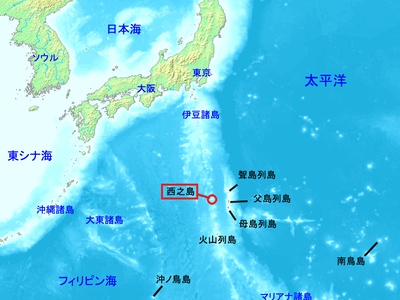
Nishinoshima
A remote volcanic island that grew to over 10 times its original size through dramatic eruptions starting in 2013. It offers scientists a rare chance to study island formation and colonization by life.
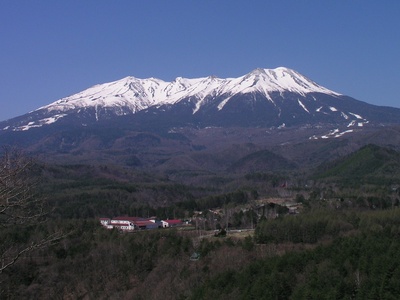
Ontake
Japan’s second-highest volcano. Its 2014 phreatic eruption was a national tragedy, occurring without warning on a busy hiking weekend and resulting in the deaths of 63 people on its summit.
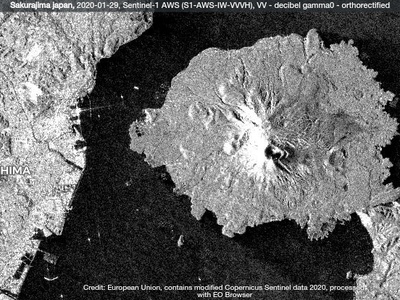
Sakurajima
One of the world’s most active volcanoes, located just across the bay from the city of Kagoshima. Its frequent ash explosions are a daily fact of life for the city’s 600,000 residents.
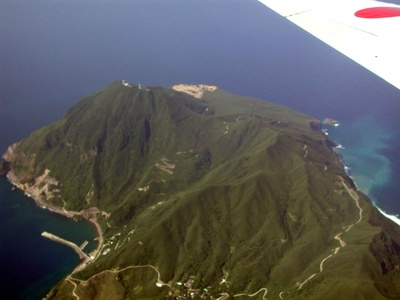
Suwanosejima
A remote island stratovolcano that has been in a state of near-continuous strombolian eruption for decades. Its activity is centered at the Otake cone, posing a hazard to the island’s small population.
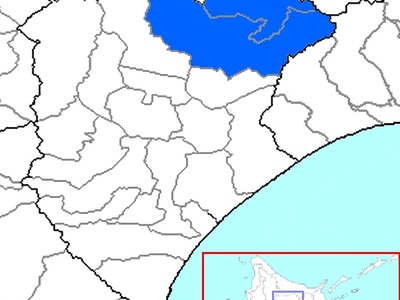
Tokachi
An active volcanic group in Daisetsuzan National Park. Its 1926 eruption produced a debris avalanche and massive lahar that caused over 140 fatalities, one of Japan’s worst volcanic disasters.
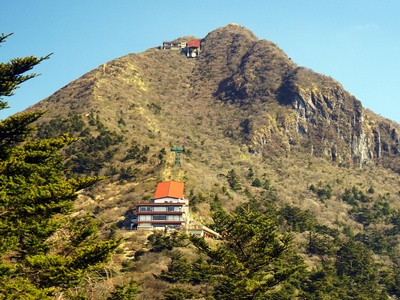
Unzen
A complex of overlapping volcanoes. Its eruption from 1990-1995 became famous for generating numerous deadly pyroclastic flows, including one in 1991 that killed 43 people, including volcanologists Katia and Maurice Krafft.
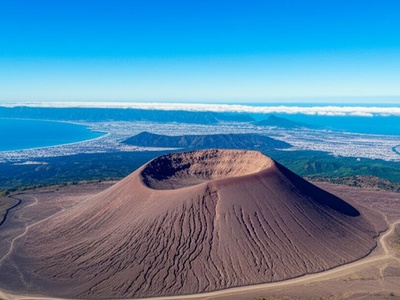
Usu
Remarkable for its eruptions that create new mountains, as in the 1943-45 eruption that formed the Showa-shinzan lava dome. Its well-forecasted 2000 eruption allowed for successful mass evacuations.
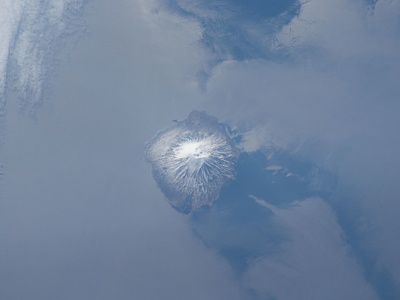
Alaid
The northernmost and highest volcano in the Kuril Islands. It is a beautifully symmetrical cone that is frequently active, with eruptions producing lava flows and significant ash plumes.
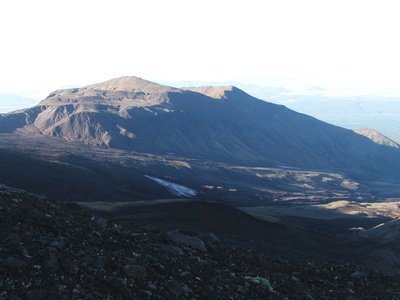
Avachinsky
A stratovolcano visible from Petropavlovsk-Kamchatsky, the regional capital. It is considered a “Decade Volcano” due to its history of explosive eruptions and proximity to a populated area.
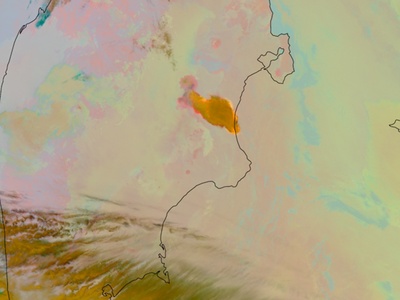
Bezymianny
Meaning “unnamed,” this volcano was considered extinct until a catastrophic eruption in 1956. It has been frequently active ever since, characterized by lava dome growth and powerful explosive eruptions.
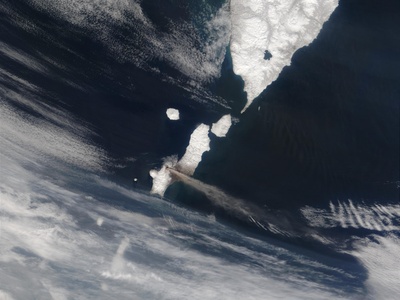
Chikurachki
A highly active volcano that consists of a cone built upon the remnants of an older structure. Its eruptions often produce large ash plumes that drift for hundreds of kilometers, affecting air routes.
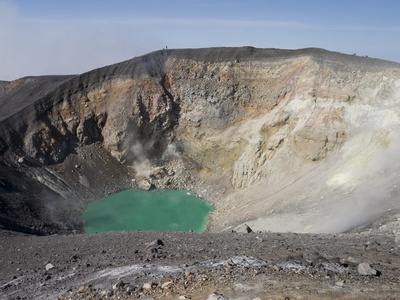
Ebeko
One of the most active volcanoes in the Kuril Islands. It is known for its frequent, moderate ash explosions from its summit craters. The nearby town of Severo-Kurilsk is often affected by ashfall.
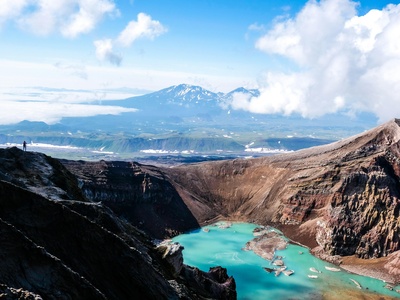
Gorely
A caldera volcano known for its collection of overlapping craters. It has been one of Kamchatka’s most active volcanoes, with frequent eruptions producing lava flows and ash plumes.
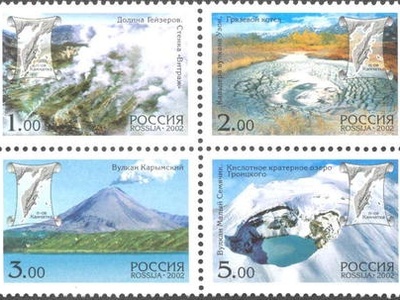
Karymsky
The most active volcano in Kamchatka’s eastern volcanic zone. It is known for its regular, vulcanian-style explosive eruptions that have been occurring almost continuously for decades, building a new cone inside a caldera.
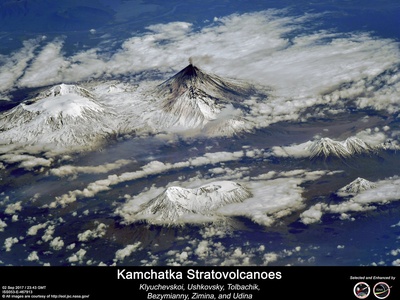
Klyuchevskoy
The highest and most active volcano in Eurasia. This perfectly-formed stratovolcano is in a state of nearly constant activity, with frequent summit eruptions and lava flows posing a major hazard to air traffic.
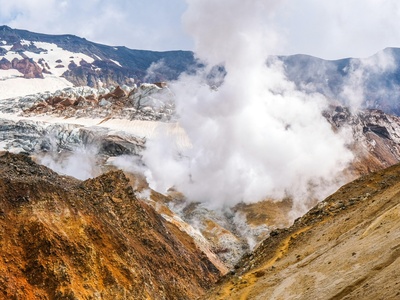
Mutnovsky
A complex volcano known for its powerful fumarolic activity and glaciers. Its energetic eruptions can produce significant ash plumes and lahars through the interaction of hot material and ice.
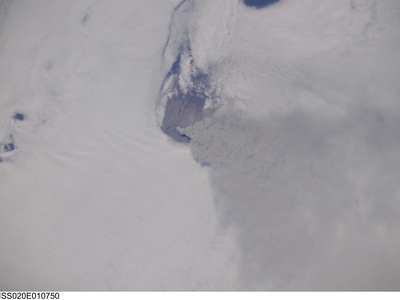
Raikoke
After being dormant for 95 years, this small island volcano produced a massive, unexpected eruption in 2019. The powerful blast sent a plume of ash and gas high into the stratosphere, visible from space.
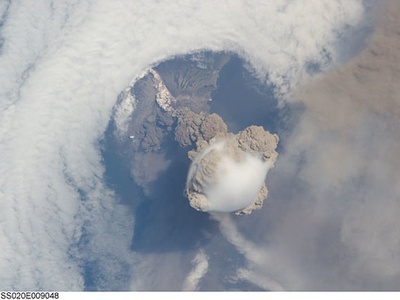
Sarychev Peak
Located on Matua Island, this volcano had a spectacular and widely-photographed eruption in 2009. The blast created a shockwave in the atmosphere and pyroclastic flows that reached the sea.
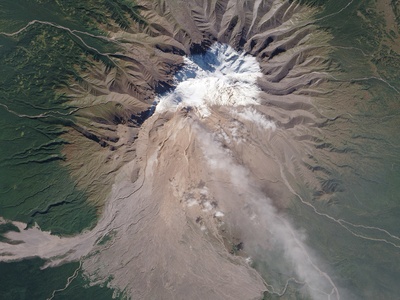
Sheveluch
One of Kamchatka’s largest and most active volcanoes. It is known for the growth of a massive lava dome, which frequently collapses to produce large pyroclastic flows and towering ash columns.
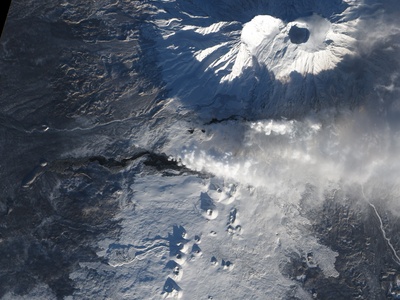
Tolbachik
A volcanic complex with both a flat-topped shield volcano and a classic stratovolcano. Its 2012-13 eruption was a major event, featuring large fissure eruptions that produced vast, fluid lava flows.
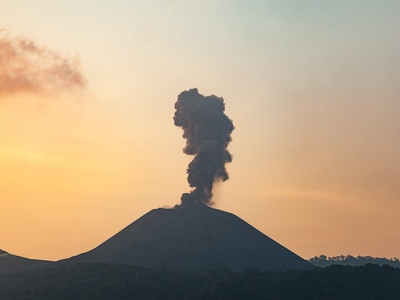
Barren Island
The only confirmed active volcano in the Indian subcontinent. It is a remote stratovolcano that has been erupting regularly since 1991, producing ash plumes and lava flows that have reached the sea.
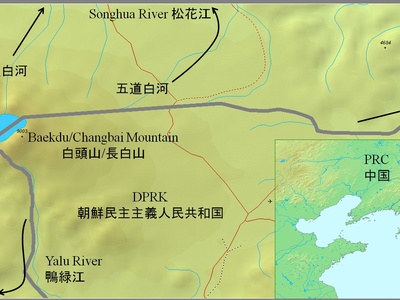
Paektu Mountain
A massive volcano on the China-North Korea border, revered in Korean culture. It holds a stunning crater lake and was responsible for one of the largest eruptions in history around 946 CE.
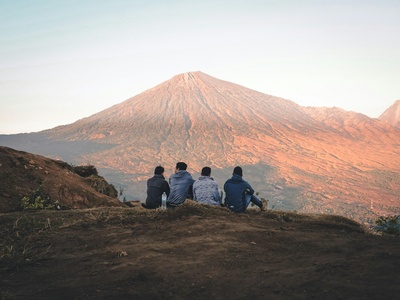
Kunlun Volcanic Group
A group of 70 volcanic cones in a remote area of the Tibetan Plateau. The 1951 eruption from the Ashi cone is the most recent confirmed volcanic event in China.
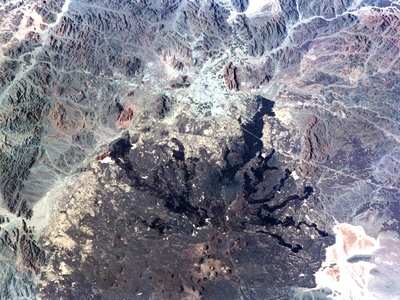
Harrat Rahat
A massive volcanic field in Saudi Arabia, whose last eruption in 1256 CE sent lava flows to within a few kilometers of the holy city of Medina. It remains a potential, though low-probability, threat.
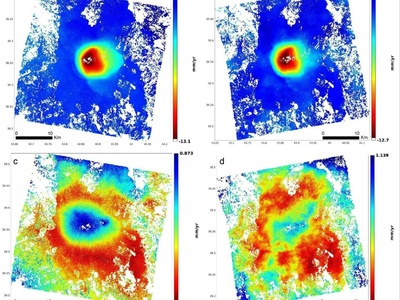
Tendürek Dagi
A shield volcano in eastern Turkey near the Iranian border. Its last confirmed eruption in 1855 produced a large lava flow. It is part of a region with significant, though infrequent, volcanic activity.
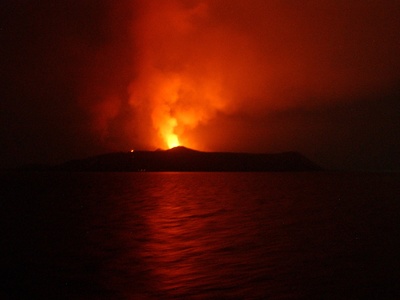
Jabal al-Tair
A small volcanic island in the Red Sea. After 124 years of dormancy, it erupted in 2007-2008, producing lava flows and explosive activity, which tragically killed several soldiers stationed on the island.

